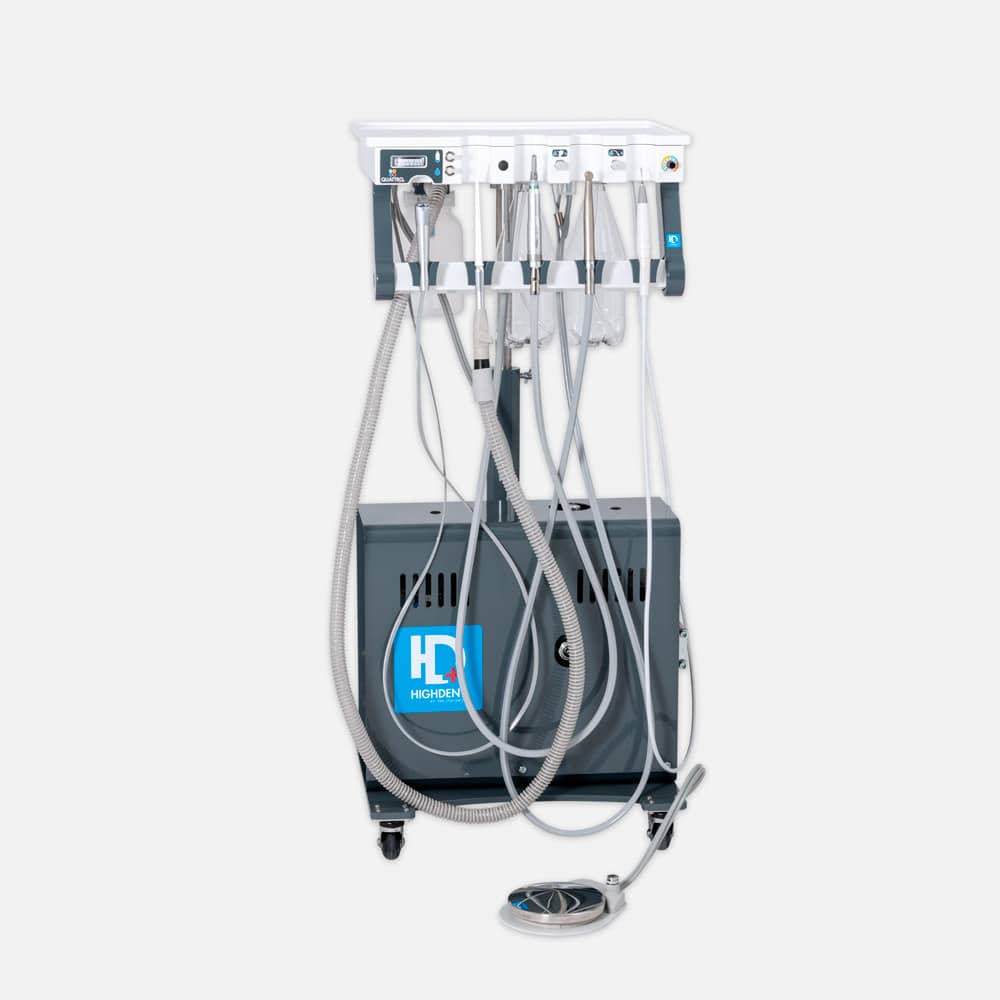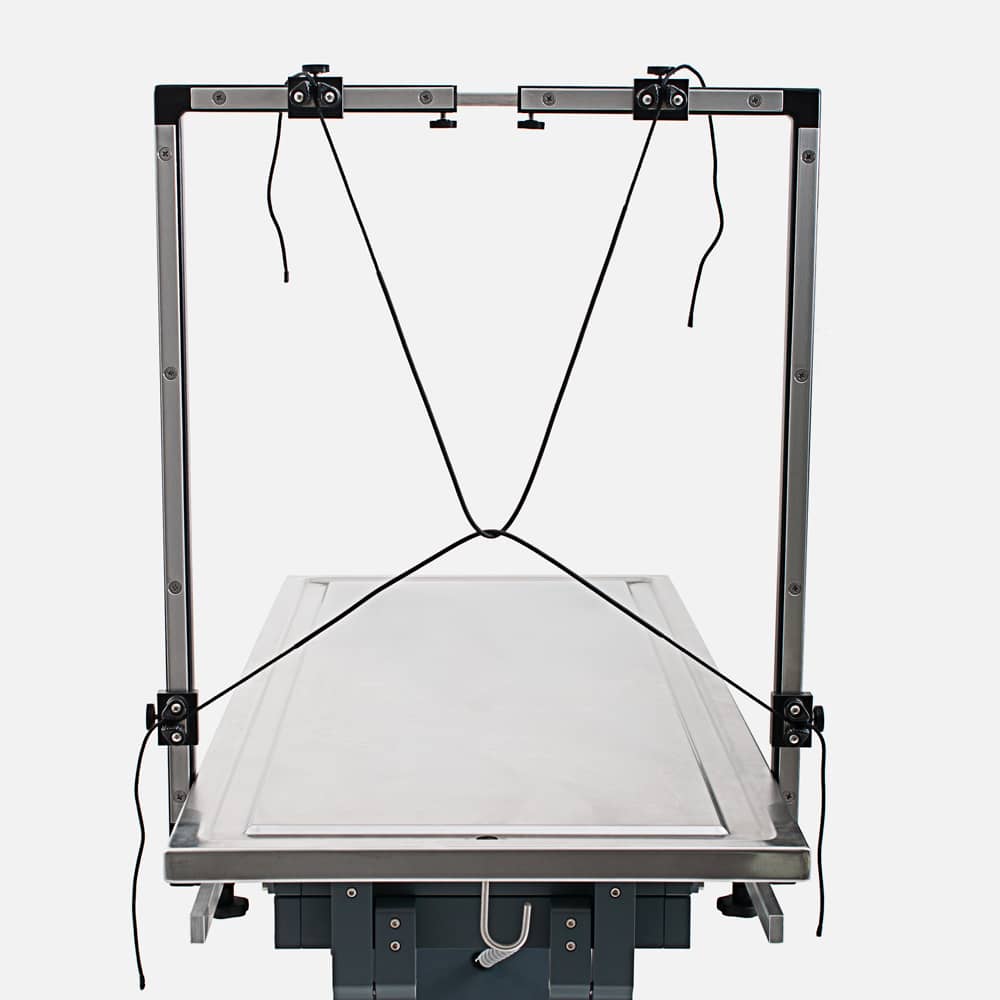Call Us
1 800 334-1583
Discussing Anesthesia-Free Dental Procedures with Clients

In various regions, pet owners are frequently exposed to advertisements promoting anesthesia-free dentistry, with many groomers, pet stores, and even veterinary clinics offering this service as a cost-effective, safer alternative to traditional veterinary dentistry. However, when pet owners choose anesthesia-free options over conventional veterinary dentistry, they may not be receiving the best value for their money and could potentially be compromising their pets’ health. It’s essential for all veterinary professionals to fully understand the risks and limitations of anesthesia-free dentistry in order to guide clients with the best information and ensure pets’ safety.
What You Need to Know About Anesthesia-Free Dental Care for Pets
Proponents of anesthesia-free dentistry often suggest that it offers similar benefits to traditional veterinary dental care, without the risks associated with general anesthesia. However, these claims are not entirely accurate.
Anesthesia-free dental treatments only address tartar that is visible above the gumline. They cannot reach or remove tartar below the gumline, which is a significant factor in the development of periodontal disease. As a result, anesthesia-free dentistry should be considered a cosmetic procedure, providing minimal benefits in terms of preventing or treating periodontal disease.
Challenges of Anesthesia-Free Dentistry for Pets
In reality, even tartar above the gumline is difficult to remove effectively on an awake pet. Most animals will only remain still for a short period, even with restraint. A comprehensive dental cleaning typically requires 30 minutes or more, even when the pet is fully anesthetized and immobile. Performing a thorough cleaning above the gumline on an awake pet, using only manual restraint, would be nearly impossible. This challenge remains true, even if one accepts the inherent limitation of not addressing bacterial buildup below the gumline.
Anesthesia-free dental procedures are frequently conducted by individuals who lack the proper training to identify dental issues or other underlying health conditions. As a result, pet owners may leave these sessions believing their pets have received proper dental care, when in reality, the person performing the procedure may not be equipped to spot signs of dental pathology or other oral health problems. This can lead to delayed diagnosis and treatment of serious conditions.
Anesthesia-free dentistry addresses only a single component of what is typically involved in a veterinary dental cleaning: the scaling of teeth. When a pet is awake, and the services are provided by individuals without adequate dental training, the ability to provide thorough dental probing, charting, and radiographs are severely limited. Arguably, the diagnostic aspect of veterinary dentistry is even more valuable than the removal of tartar, meaning that patients who receive anesthesia-free dentistry miss out on some of the most valuable benefits of dentistry.
Health Risks and Limitations of Anesthesia-Free Dental Procedures
Anesthesia-free dental procedures carry significant risks. According to the 2005 statement from the American Veterinary Dental College on Companion Animal Dental Scaling Without Anesthesia, “even minimal head movement by the patient can lead to injury to the oral tissues.” Removing tartar from teeth involves the use of sharp instruments and ultrasonic scalers, which, when used on an awake animal, pose a substantial risk of oral injury. Moreover, the absence of a cuffed, inflated endotracheal tube during these procedures increases the likelihood of aspiration pneumonia, further compromising the pet’s health.
Stress and Safety Concerns for Pets Under Anesthesia-Free Care
Anesthesia-free dentistry can be highly stressful for pets. Most animals will not remain calm while various instruments are used in their mouths. Even pets that are typically cooperative may still experience significant stress during the procedure. In contrast, general anesthesia enables a dental cleaning to be carried out in a way that minimizes discomfort and stress for the patient.
How to Address Client Concerns Regarding Veterinary Dental Care
The main reasons clients lean toward anesthesia-free dentistry are concerns about anesthesia and the cost of traditional procedures. While it’s essential to educate clients on why veterinary dentistry is often a better option than anesthesia-free treatments, it’s equally important to first address their worries about anesthesia risks and the financial aspects of care.
Many clients tend to overestimate the risks of anesthesia for veterinary patients and choose anesthesia-free dentistry, mistakenly believing it to be a safer alternative. While it’s true that any anesthesia-related complications are concerning, studies show that the risk of death during or shortly after anesthesia is around 1 in 600 for dogs and 1 in 400 for cats. Furthermore, many pets that experience anesthesia complications were already in a compromised state (such as undergoing emergency surgery for severe medical issues or trauma), suggesting that the risk is much lower for healthy, stable animals.
It’s crucial to help clients assess their pet’s individual risk factors. Be sure to highlight your clinic’s anesthesia safety protocols, such as pre-anesthetic blood tests, intravenous catheter placement, and continuous monitoring throughout the procedure. By addressing their concerns directly, you can guide your clients in making an informed decision for their pet’s dental care.
When addressing financial concerns with clients, it’s important to emphasize that comparing anesthesia-free dentistry to traditional veterinary dentistry is like comparing apples to oranges. While anesthesia-free dentistry may come at a lower cost, clients and their pets miss out on the comprehensive benefits provided by proper veterinary care. Though anesthesia-free options might appear less expensive, the money spent on these services is essentially wasted, as they do not offer the same preventive value.
Veterinary dental cleanings are a crucial part of preventive care, and while they may cost more than anesthesia-free options, the value and long-term health benefits are far greater. Make sure to discuss available payment options, like CareCredit (if your practice offers it), to help make traditional veterinary dentistry more affordable for your clients.
Clients facing financial limitations may find significant value in implementing proper dental home care. Instead of opting for anesthesia-free dentistry every six months, they could consider daily tooth brushing at home and schedule a professional veterinary dental cleaning annually. This approach not only provides greater long-term health benefits for the pet but also helps control costs for the client.
Collaborating with Clients for Better Veterinary Dental Care
When clients choose anesthesia-free dentistry, everyone loses—except the providers of these services. The pet misses out on essential dental care, the client wastes money on a service with limited benefits, and you lose the opportunity to provide quality care for your patient. Therefore, it’s vital to collaborate with clients and help them recognize the value of proper veterinary dentistry. By educating them on what’s lacking in anesthesia-free options and highlighting the associated risks, you can increase the chances of your patients receiving the comprehensive, high-quality care they deserve.
References
- American Veterinary Dental College. (2004). Companion Animal Dental Scaling Without Anesthesia. Retrieved from: https://avdc.org/PDF/Dental_Scaling_Without_Anesthesia.pdf
- Portier, K., & Ida, K. K. (2020). Editorial: Anesthetic Risk and Complications in Veterinary Medicine. Frontiers in veterinary science, 7, 397. Retrieved from: https://www.frontiersin.org/articles/10.3389/fvets.2020.00397/full
- American Veterinary Dental College. Are Anesthesia-Free Dental Cleanings Really Cheaper? Retrieved from: https://afd.avdc.org/are-anesthesia-free-dental-cleanings-really-cheaper/







